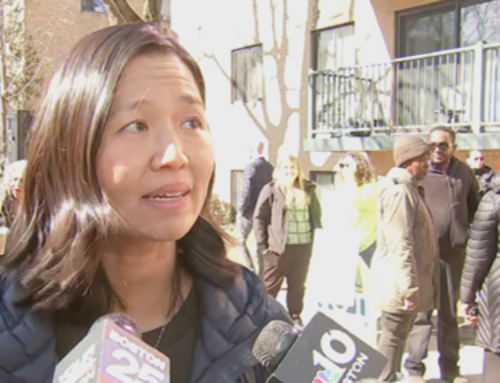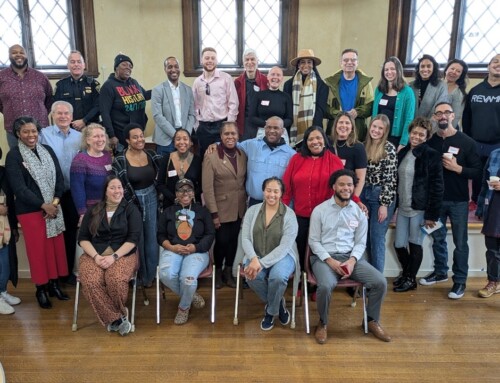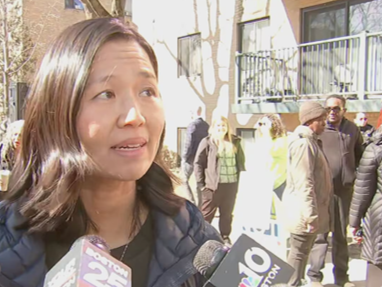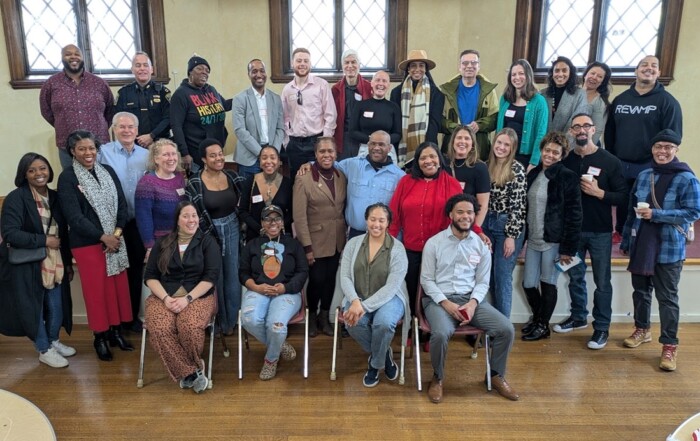 Gail Latimore, Executive Director of CSNDC, and Dewitt Jones, President of BlueHub Energy, penned a commentary posted by Boston Business Journal in early May, which highlights the importance of making Electric Vehicle (EV) chargers accessible and affordable in low-income communities.
Gail Latimore, Executive Director of CSNDC, and Dewitt Jones, President of BlueHub Energy, penned a commentary posted by Boston Business Journal in early May, which highlights the importance of making Electric Vehicle (EV) chargers accessible and affordable in low-income communities.
The organizations have collaborated, along with Enterprise Holdings and Fermata Energy, to test a model that could lower the cost of installing chargers at affordable housing complexes by adding value to both drivers and affordable housing developers using Fermata’s bidirectional charging technology. The technology enables the transfer of electricity between a building and the car, buying and selling energy to each other when it is needed most by the grid. The local utility buys energy from the car battery during peak demand times, like on hot summer afternoons when building cooling systems are working overtime. Building owners recoup the cost of installing and maintaining the charger more quickly, and potentially save on energy costs in the future. In the long term, it could even make energy for lower-income EV drivers free at their buildings.










